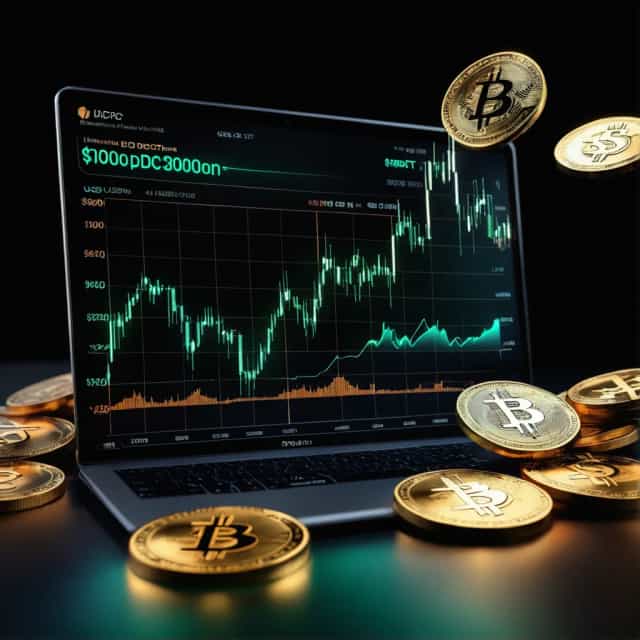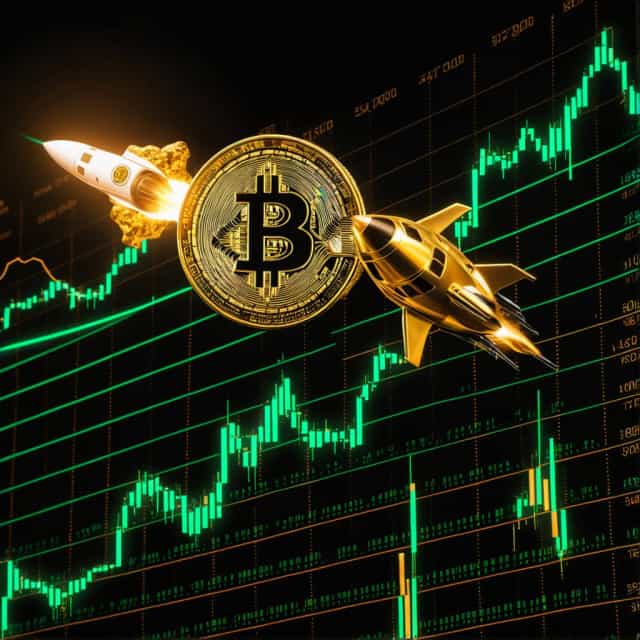
Image source: Block Media
Non-Dollar Stablecoins Poised to Capture 20% of Global Market by 2028
The global stablecoin ecosystem is set to experience a significant transformation, with non-dollar-pegged stablecoins projected to account for 20% of the market by 2028. Emerging trends point to increasing demand for digital assets tied to local fiat currencies, a diversification strategy aimed at decentralizing financial systems that have long been dominated by the U.S. dollar. Currently, dollar-backed stablecoins such as Tether (USDT) and Circle (USDC) hold a staggering 98% share of the global stablecoin market. However, mounting regional efforts and innovative projects suggest that this landscape is on the verge of shifting.
Driving Factors Behind Non-Dollar Stablecoin Growth
Speaking at the TOKEN2049 conference in Singapore, Oleg Ogienko, an executive of the A7A5 project—creators of the Russian ruble-pegged stablecoin "A7A5"—highlighted various factors fueling this trend. Among these is the increasing appeal of stablecoins tied to local currencies as regions seek alternatives to dollar-denominated assets. This diversification is supported by global efforts to reduce reliance on U.S.-centric financial systems, as well as the broader expansion of the cryptocurrency market.
Ogienko underscored that non-dollar stablecoins reflect the global push for financial sovereignty and adaptability. Such assets allow nations and markets to navigate international trade and investment with fewer constraints linked to dollar hegemony, making them particularly attractive as geopolitical and economic shifts unfold.
A7A5: A Key Player in Non-Dollar Stablecoins
One of the most prominent non-dollar stablecoins is A7A5, pegged to the Russian ruble. Since its inception, A7A5 has made waves due to its role as a potential workaround for sanctions targeting Russia. The stablecoin is sanctioned by the U.S. Department of the Treasury, the European Union, and the United Kingdom, underscoring its geopolitical significance. Despite these restrictions, its usage and trading volumes indicate substantial adoption.
According to blockchain analytics firm Elliptic, A7A5 has enabled over $41 billion in transactions since its launch, with daily trading volumes occasionally exceeding $1 billion. The stablecoin’s rapid rise underscores its relevance in navigating complex international landscapes, marking it as a pivotal force in the broader transition to non-dollar-based digital currencies.
Market Size and Growth Projections
Ogienko predicts that the global stablecoin market will reach a valuation of $2 trillion by 2028. Within this framework, non-dollar stablecoins are expected to secure a 20% share, equivalent to $400 billion. This would represent a meteoric rise compared to their current valuation of approximately $1.2 billion.
Among potential growth areas, Ogienko pointed to Latin America, Africa, and Asia as regions set to drive adoption. These economically diverse and often underserved markets present fertile ground for innovative financial solutions. Daily trading volumes within these regions could surpass $50 billion by 2027, reflecting escalating enthusiasm for localized digital currencies and blockchain-based payment solutions.
South Korea’s Ambitions for a Won-Based Stablecoin
South Korea exemplifies how national efforts are contributing to this trend. The country is actively exploring the development of a won-pegged stablecoin—the "Won Stablecoin" (WonSCO). Min Byung-deok, a member of South Korea's Democratic Party, has been spearheading legislative initiatives in the National Assembly, emphasizing the importance of creating localized stablecoin options. This push aligns with the broader global momentum toward building stablecoins rooted in regional economic operations.
The Road Ahead: Financial Diversification and Innovation
The accelerating pace of non-dollar stablecoin adoption reflects a broader shift toward financial diversification and innovation in the digital asset space. As nations and markets seek avenues to reduce their dependence on dollar-centric systems, these assets are emerging as viable instruments for reshaping the global financial landscape. With key players like A7A5 leading the charge and countries like South Korea exploring their own initiatives, non-dollar stablecoins are poised to become a cornerstone of the cryptocurrency market over the next five years.
In this increasingly interconnected world, the rise of non-dollar stablecoins signals a more decentralized and regionally tailored approach to digital finance, resonating with evolving economic and geopolitical realities.










